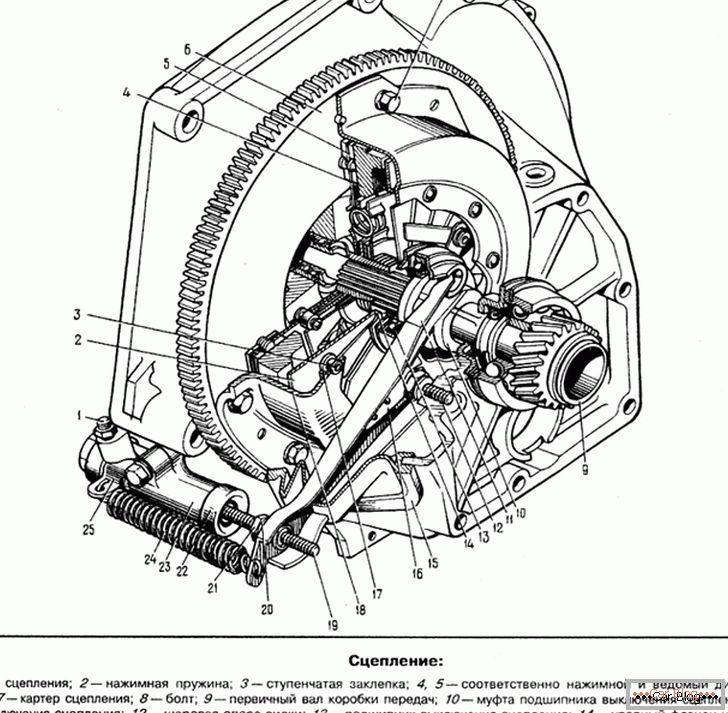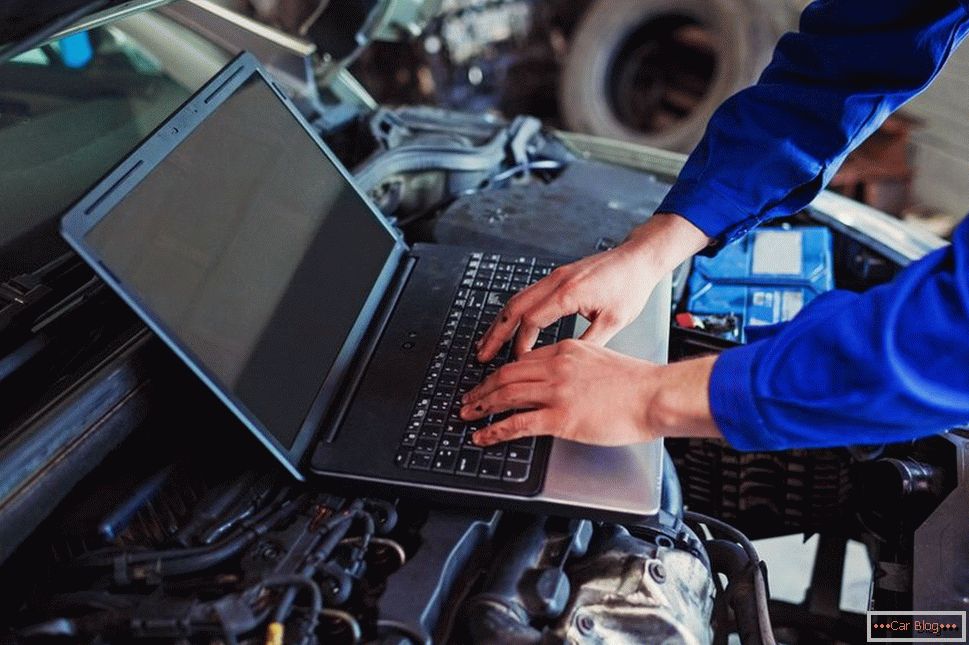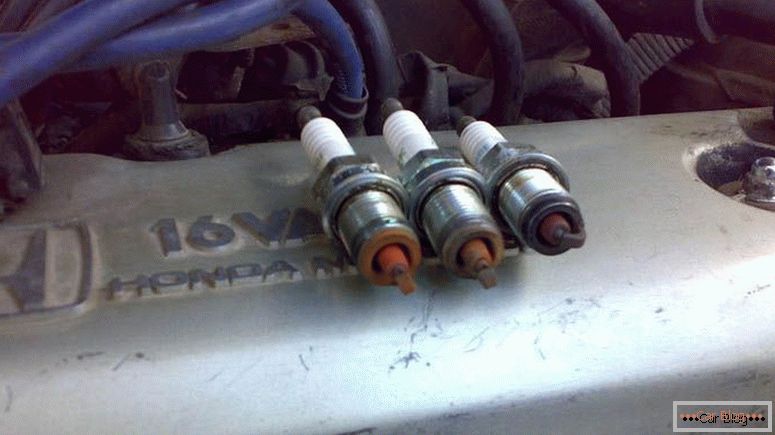One of the leaders among automotive companies that produce off-road versions is without a doubt Mitsubishi Motors. The technical characteristics of the fourth generation Mitsubishi Pajero are time tested. There was a huge amount of enthusiastic, and in some places not very, feedback from the owners.

Some technical errors made during assembly, with dignity, but were recognized by the manufacturer. In the aggregate, all the above either confirms the title of the best, or ruthlessly refutes it.
1982 - it was he who was the year of the birth of the famous Pajero series, the fourth version of which was released in 2006, and in 2012 it was modernized.
At first, most motorists were tormented by the question: is this a new generation or a deep restyling? However, is it important? After all, creating a new model, it is impossible not to take advantage of the developments that have been successfully implemented, for example, in the second or third generation, or even in the first generation. Only a few know that the step at the bottom of the headlights was still on the first series Pajero.
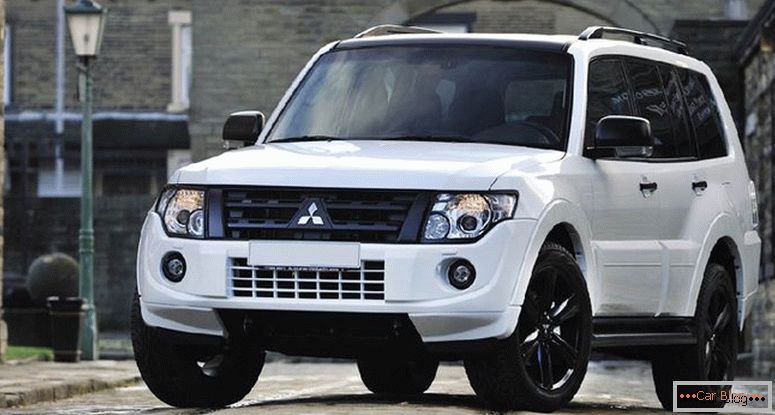
Another question - will they work as effectively as in previous versions? Did the Mitsubishi Pajero have improved performance related to comfort when driving on rough terrain and off-road?
What about the flaws? Will they continue to spoil the mood of the owners of new cars? Comfort and high off-road qualities are two principles on which all SUVs of this company are built. In confirmation of this, the Mitsubishi Pajero is the 12-fold winner of the Dakkar rally. For 7 years in a row this car has not been equal in racing over rough terrain.
The fourth generation is the successor to the third
You can not consider the car the latest release of the 4th generation separately from its predecessor. After all, the characteristics of the Pajero from model to model should only improve, as well as the reliability of components and assemblies. Indeed, the body of the 3rd generation has become much tougher. This can be traced in the fourth version, but nothing radically changed, there is simply no need for it.
Recommended article: The world's most reliable engines will easily run a million kilometers.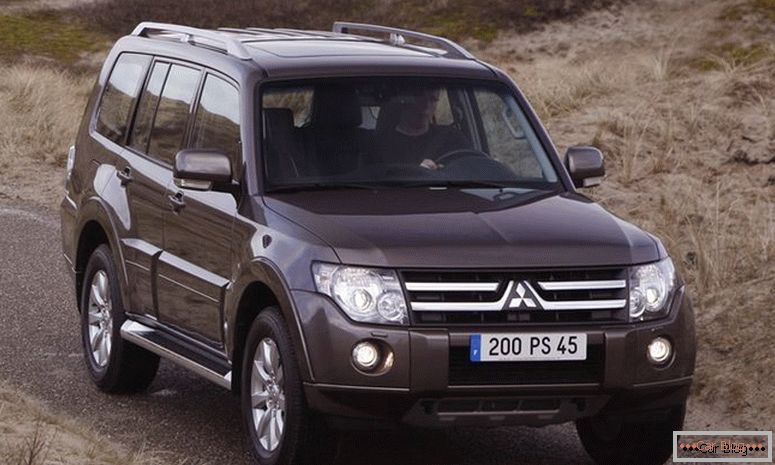
An excellent body, assembled by Mitsubishi RISE technology, reliably protects the driver and passenger from all types of impacts. Two zones created by a special technology, located at the front and rear of the car body, effectively dissipate the kinetic energy during mechanical damage from the outside. The powerful frame of the bars, integrated into the base, creates a safety zone inside the car, which will prevent the most serious surprises.
The safety performance characteristics of the Mitsubishi Pajero are much better. This is a combination of passive and active protection for passengers and the driver in the form of seat belts, front and side airbags.
However, the changes are still there. Under the rear seat is an additional power plant. In front of the designers have changed the angle of the amplifier. The number of welded joints of spars with a motor shield has increased. Installed aluminum hood. All this has led to the fact that the rigidity of the structure has increased even more, and the control on a flat road at a high speed of movement has become much better.
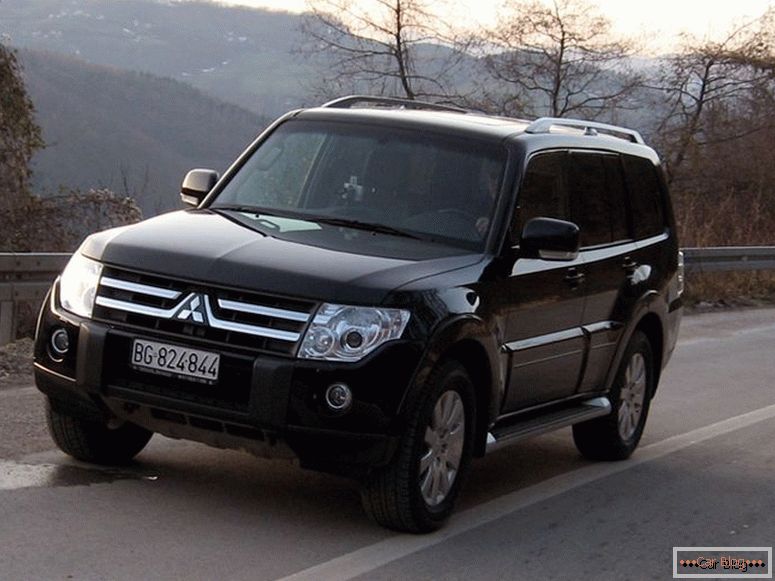
We adjusted the front and rear suspensions in a different way, all the other nodes, the principle of its operation and the design remained unchanged. The car has become more gently overcome road bumps and off-road.
The electronics installed inside the cabin allows you to quickly select the most comfortable driving mode, because it controls the all-wheel drive of an SUV. Transmission SuperSelect already in the past. The Pajero 4 specifications are related to the updated, "advanced" Advanced SuperSelect 4WD (SS4-II).
What remains unchanged is the choice. As in the 3-generation, you can set several different modes:
- rear;
- four-wheel drive;
- four-wheel drive on a higher rank with a locked differential;
- four-wheel drive on a reduced row with a locked differential.
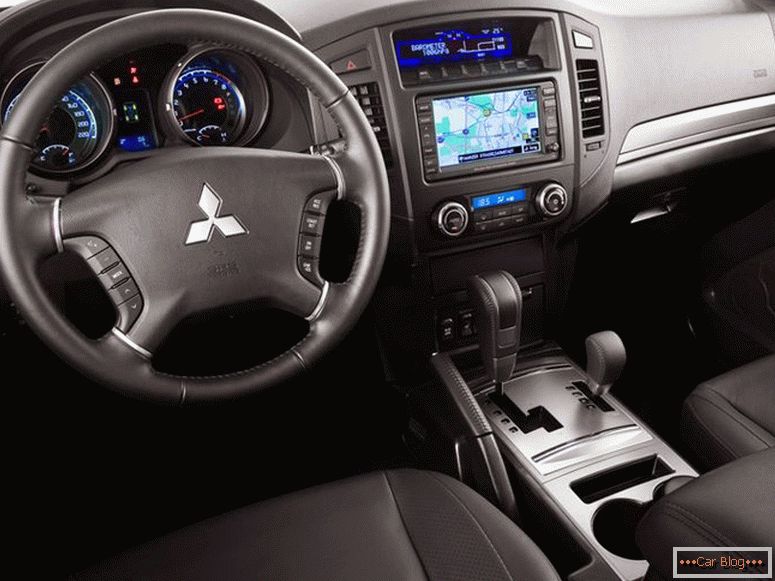
Power plant and not only
Changed to the Mitsubishi Pajero specifications, because under the hood is no longer worth the GDI V6 3.5 liter capacity of 202 horsepower. Installed a V-shaped six with a capacity of 250 horsepower 6G75 volume of 3.8 liters. Also present is the new electronic valve timing control MIVEC. An automatic transmission for five positions of INVECS-II Sports Mode was specially made for it. These changes and others allowed to spend only 10.8 seconds to accelerate to 100 km / h. This option was supposed to be the best.
Recommended article: French brand DS will release a competitor to the German Audi Q5As before, there are 6G72 atmospheric gasoline aggregates with a volume of 3.0 and a capacity of 178 liters. p., however, they have poor technical characteristics and Mitsubishi Pajero can hardly ride on it. It is undoubtedly good for overcoming difficult sections, but for the route it is definitely weak. These power units have been familiar to the owners of the Pajero since 1986. In various variations, they were installed on a huge number of different cars. Less common is the 6G74 gasoline unit of 3.5 liters 202 liters. with.
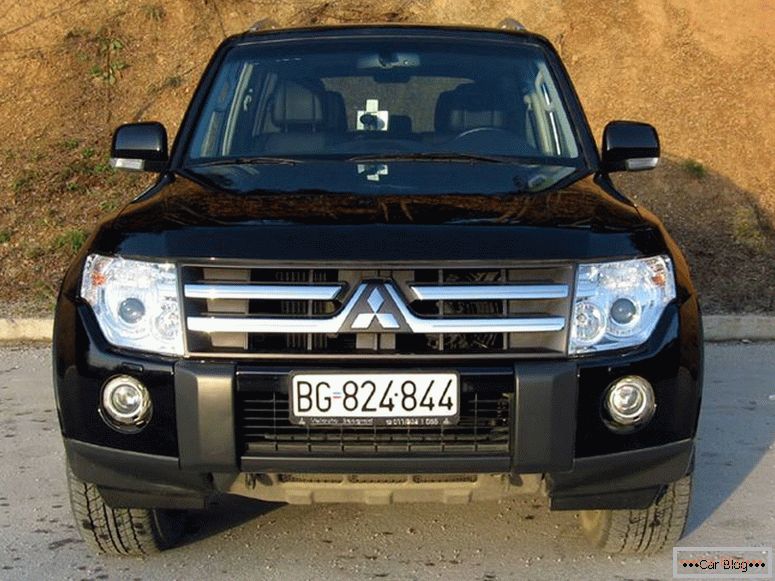
There is also a diesel version of the 4D41 with a volume of 3.2 liters with a special Common Rail battery injection system (new version). It comes with both manual and automatic transmission. But, as time shows, everything is not so rosy.
The flagship 250 strong unit is good - excellent dynamics, high reliability. But in 2008, over the course of 4 months, there was a failure, which caused a huge number of complaints about the extraneous sound, noise. They preceded the replacement of the motor under warranty. The surprise was due to the fact that during the assembly a crankshaft bearing was installed with a smaller diameter than necessary. The problem made itself felt already after 10-20 thousand kilometers, but sometimes the engine of the SUV reached up to 40 thousand km. Surprisingly, similar symptoms were observed in models back in 2007.
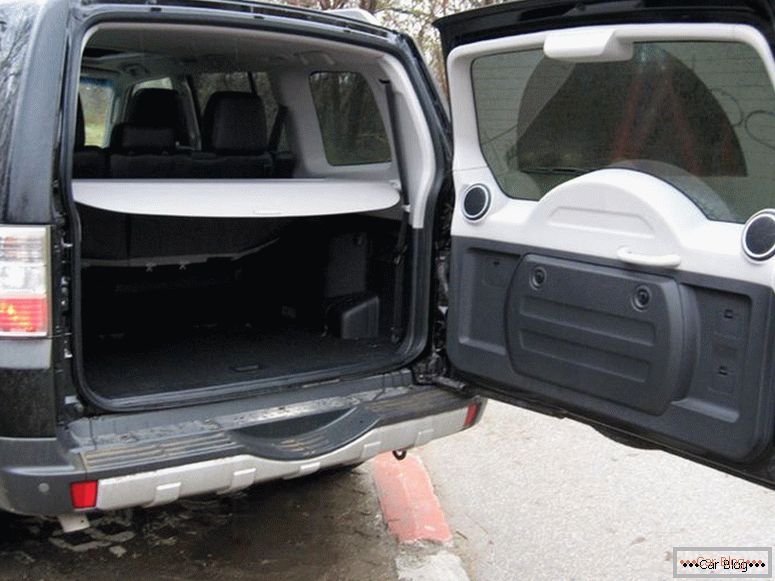
Small grief
From the previous generation, the disease of loosening the screws of the valve and getting them into the cylinders has passed. It was solved during the passage of the TO 60 planting screws on threaded sealants. The most enduring and omnivorous was a 3-liter gasoline engine. He worked productively on the bottoms, perfectly crossed the rugged terrain, and it could also be “fed” by the AI 92.
Recommended article: German cars in all their glory.If necessary, adjust the wheel alignment on the car over 3 years old mechanics faced soured adjusting bolts. This surprise is also a legacy from Pajero III. Except how to soak it, and then heat it up, and if in vain, then cut it off, you cannot “cure a sore”.

The gearbox in any modifications of all years of release on the Pajero IV generation copes with its duties perfectly. Timely oil change with a filter change at a mileage of 90 thousand km will allow the node to operate as long as possible.
Off-road performance
Patency is a strong point of the fourth generation and earlier releases. For this you can not pay attention to not very high-quality sound insulation, which was improved by 2015. The beating of brake discs did not go anywhere after a run of 20-30 thousand km, which is also well known to owners of the 3rd generation.
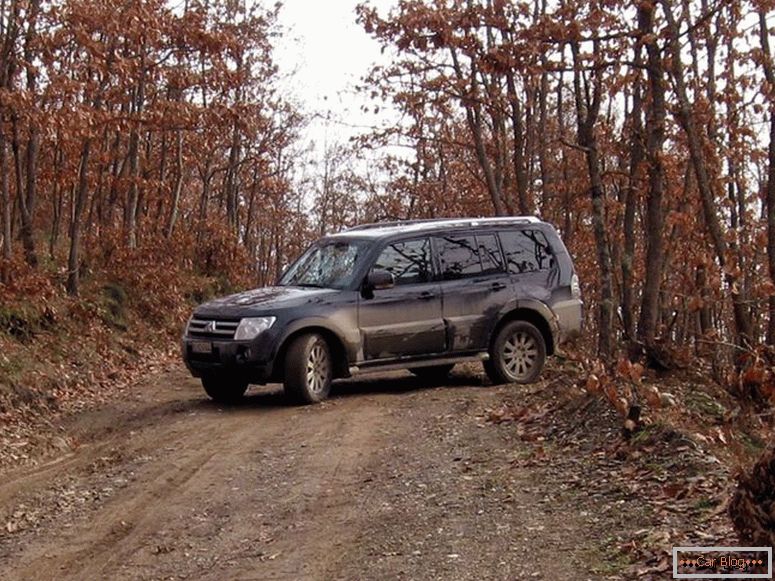
Mitsubishi Pajero: engine specifications, dimensions, overhangs of the front and rear bumpers, allow you to pass where other SUVs are stuck at the beginning of the road. The ground clearance of 235 mm - one of the largest among the cars of this class in the original equipment. In combination with high-quality tires and intelligent transmission, the car will overcome any obstacles. Perhaps no one can deny this, because everything has already been proven in practice.
And then a detailed table with specifications:
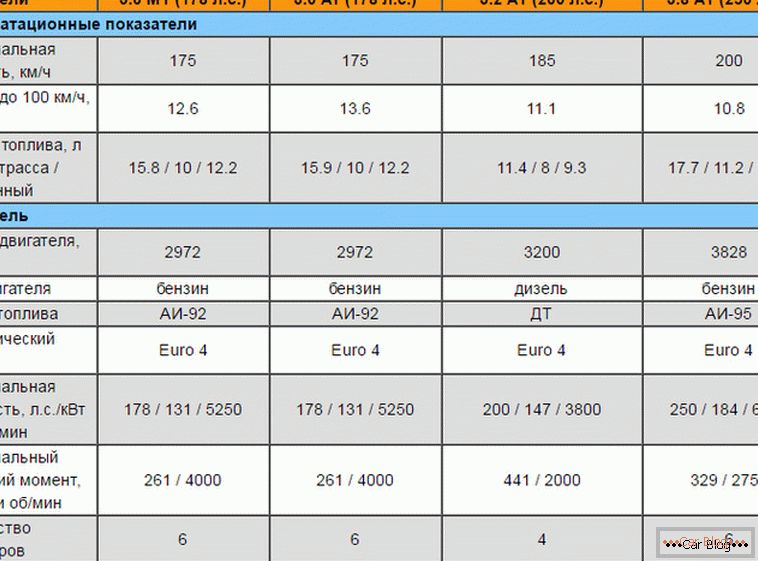


Next video about Pajero 4:

